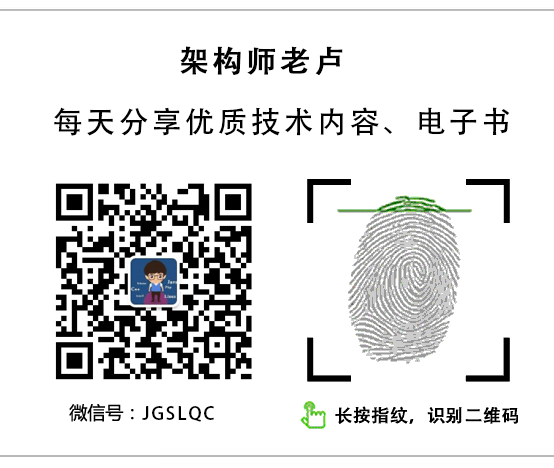- A+
概述:WPF中的Template机制为界面定制提供了强大工具,包括控件模板、ItemsPresenter、ItemsPanel、和ItemContainerStyle。通过这些功能,开发者能精确定义控件外观和布局,个性化每个项的样式,实现灵活而美观的用户界面。
WPF中各种Template功能用途:
- Template(控件模板):
用途: 控件模板用于定义整个控件的外观和布局。
示例: 在ComboBox中,可以通过模板定义文本区域、下拉按钮区域以及Items的Popup区域。
- ItemsPresenter(项呈现器):
用途: 在控件样式中标记一个区域,用于展示该控件的Items。
示例: 在ComboBox的模板中,ItemsPresenter用于显示下拉列表的可选项。
- ItemsPanel(项面板):
用途: 管理Items的排列方式,控制Items在控件中的布局。
示例: 若想改变ComboBox默认的竖直排列为横向排列,可以通过定义ItemsPanel为WrapPanel来实现。
- ItemContainerStyle(项容器样式):
用途: 用于定义每个项的样式,实现对每个项的外观个性化定制。
示例: 在ComboBox中,可以使用ItemContainerStyle来定制每个可选项的背景、图标等样式。
具体描述:
1.Template(控件模板):
控件模板定义了整个控件的结构和外观。以下是一个简化的ComboBox控件模板,展示了文本区域、下拉按钮区域和Items的Popup区域:
<ControlTemplate TargetType="ComboBox"> <Grid> <!-- 文本区域 --> <TextBox x:Name="PART_EditableTextBox" /> <!-- 下拉按钮区域 --> <ToggleButton Name="ToggleButton" Template="{StaticResource ComboBoxToggleButton}" Grid.Column="2" Focusable="false" IsChecked="{Binding IsDropDownOpen, Mode=TwoWay, RelativeSource={RelativeSource TemplatedParent}}" ClickMode="Press"> </ToggleButton> <!-- Items的Popup区域 --> <Popup x:Name="Popup"> <Border x:Name="PopupBorder" Background="{DynamicResource {x:Static SystemColors.ControlBrushKey}}" BorderBrush="{DynamicResource {x:Static SystemColors.WindowFrameBrushKey}}" BorderThickness="1"> <ScrollViewer> <ItemsPresenter /> </ScrollViewer> </Border> </Popup> </Grid> </ControlTemplate>2.ItemsPresenter(项呈现器):
ItemsPresenter作为占位符,用于在样式中标记控件的Items展示区域。以下是在ComboBox的模板中使用ItemsPresenter的简单示例:
<ControlTemplate TargetType="ComboBox"> <Grid> <!-- 其他区域省略 --> <!-- ItemsPresenter用于展示可选项 --> <ItemsPresenter /> </Grid> </ControlTemplate>3.ItemsPanel(项面板):
ItemsPanel用于定义Items的排列方式。以下是在ComboBox中使用WrapPanel作为ItemsPanel的示例,实现横向排列:
<ControlTemplate TargetType="ComboBox"> <Grid> <!-- 其他区域省略 --> <!-- 使用ItemsPanel定义横向排列 --> <ItemsPresenter> <ItemsPresenter.ItemsPanel> <ItemsPanelTemplate> <WrapPanel Orientation="Horizontal" /> </ItemsPanelTemplate> </ItemsPresenter.ItemsPanel> </ItemsPresenter> </Grid> </ControlTemplate>4.ItemContainerStyle(项容器样式):
ItemContainerStyle用于个性化定制每个项的样式。以下是在ComboBox中使用ItemContainerStyle定制每个可选项的背景和前景颜色的示例:
<ComboBox> <ComboBox.ItemContainerStyle> <Style TargetType="ComboBoxItem"> <Setter Property="Background" Value="LightBlue" /> <Setter Property="Foreground" Value="DarkBlue" /> <!-- 其他样式定制 --> </Style> </ComboBox.ItemContainerStyle> <!-- 其他ComboBox内容 --> </ComboBox>通过这些功能,WPF提供了灵活而强大的工具,使开发者能够轻松地定制和控制界面元素的外观和布局。




